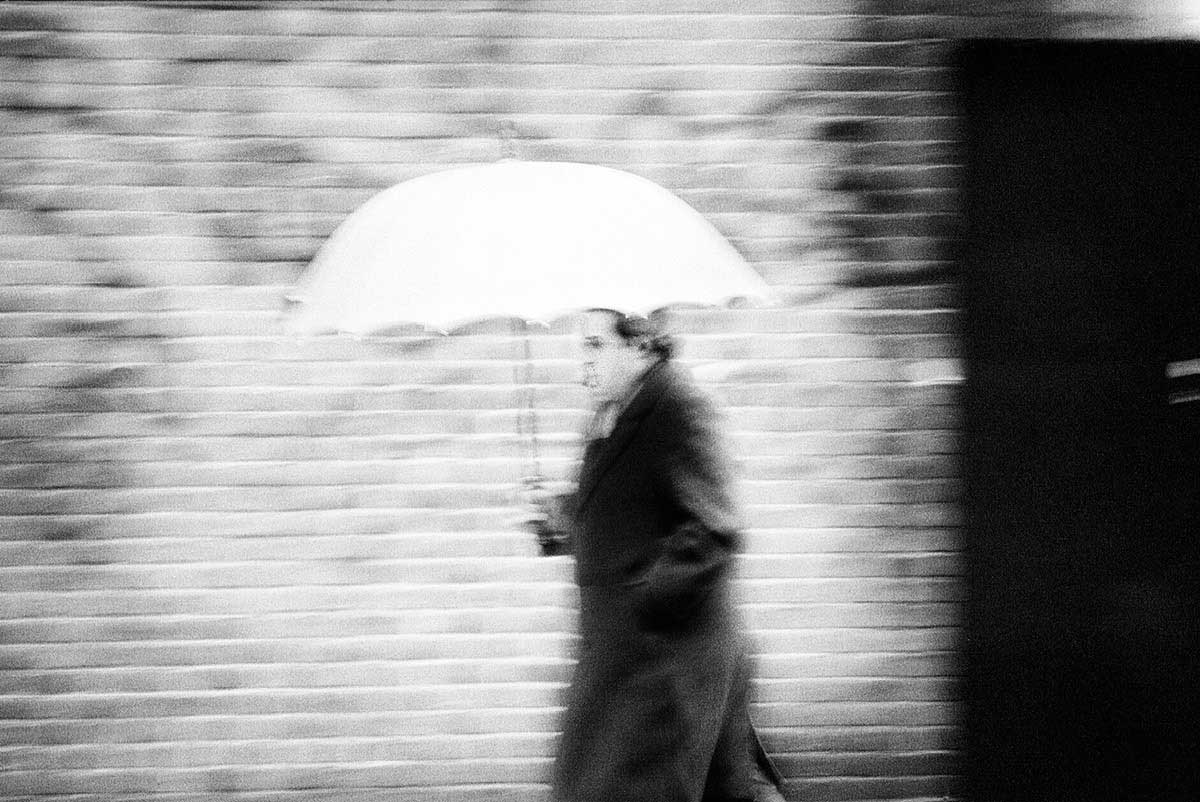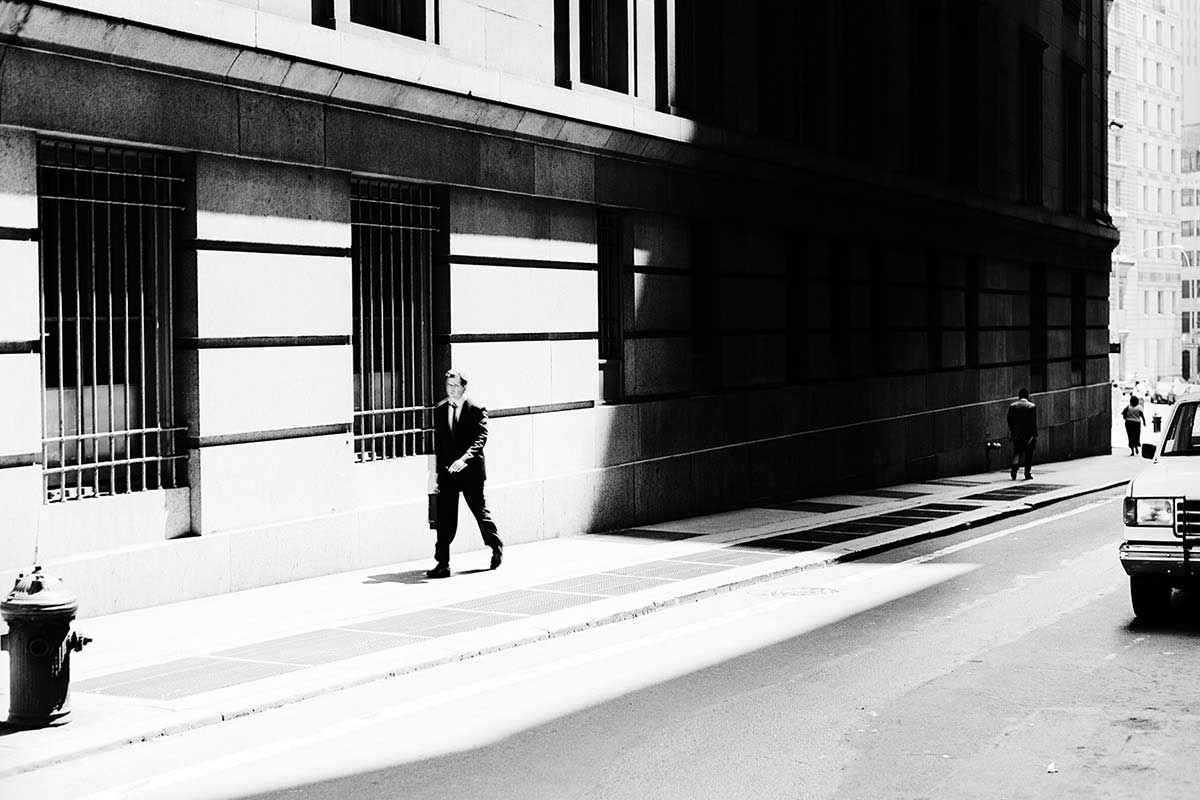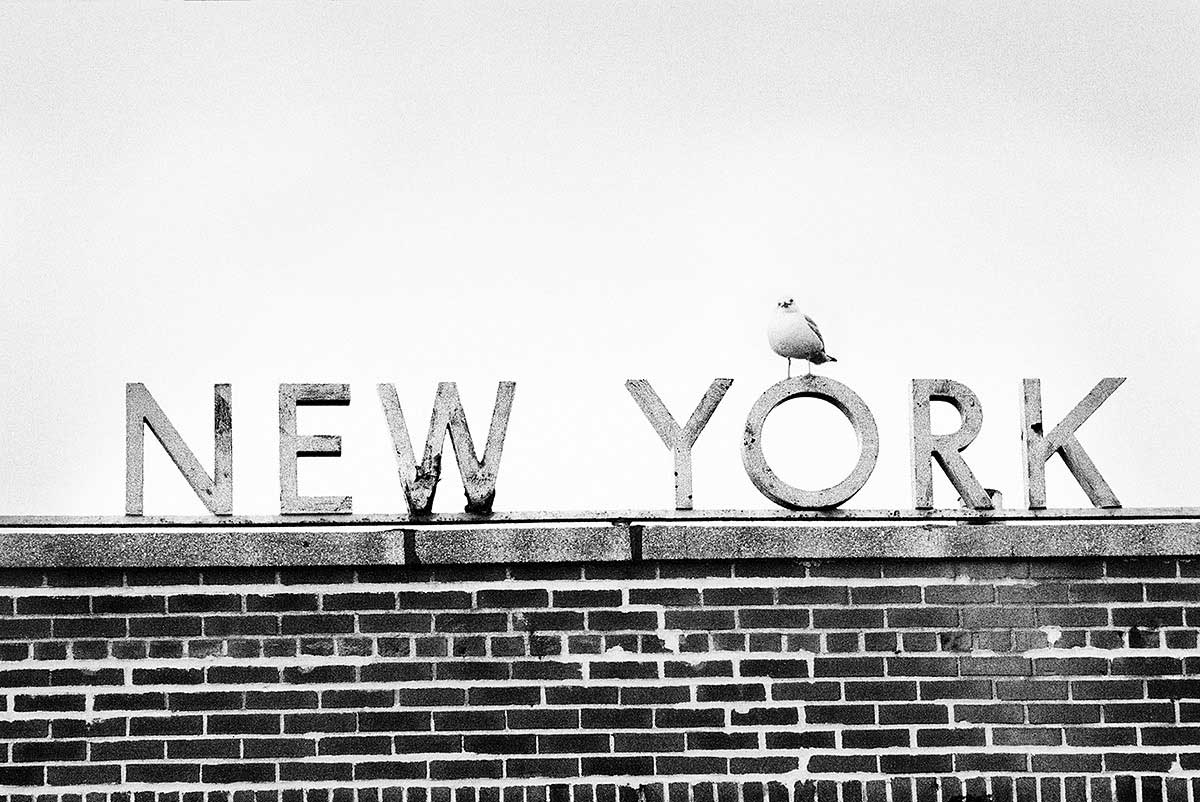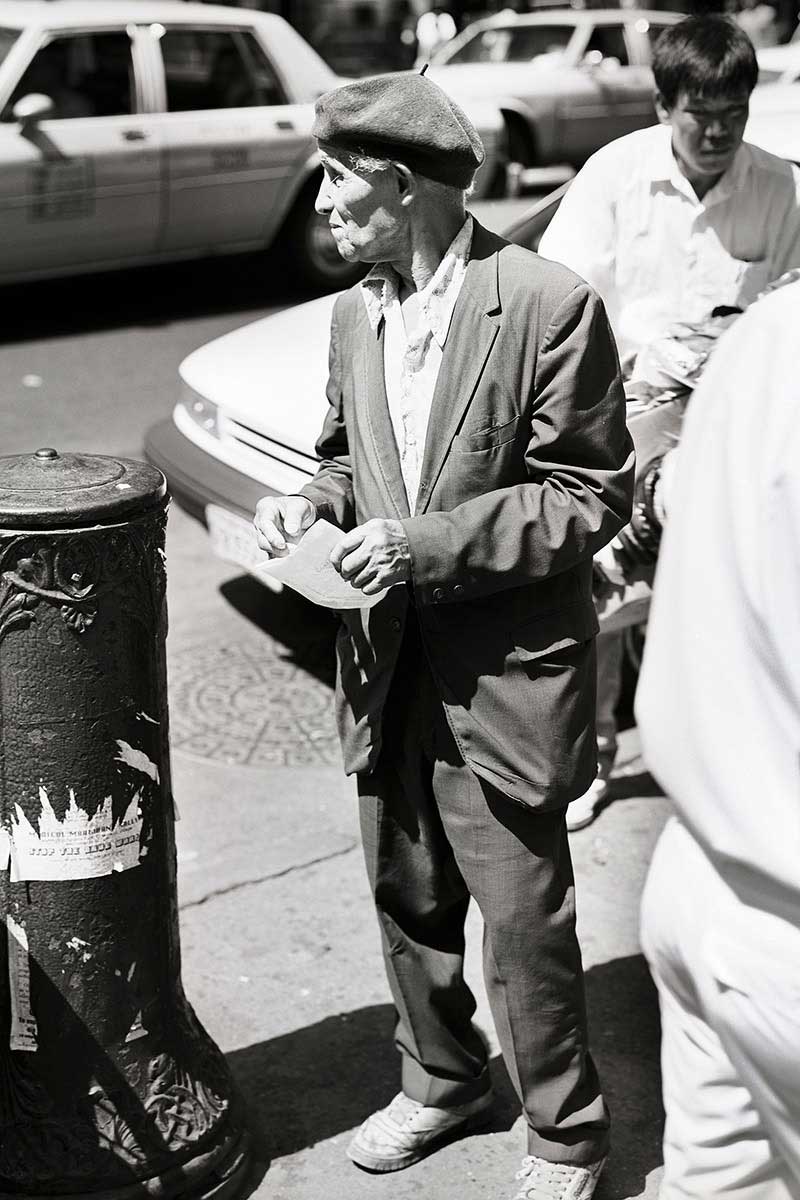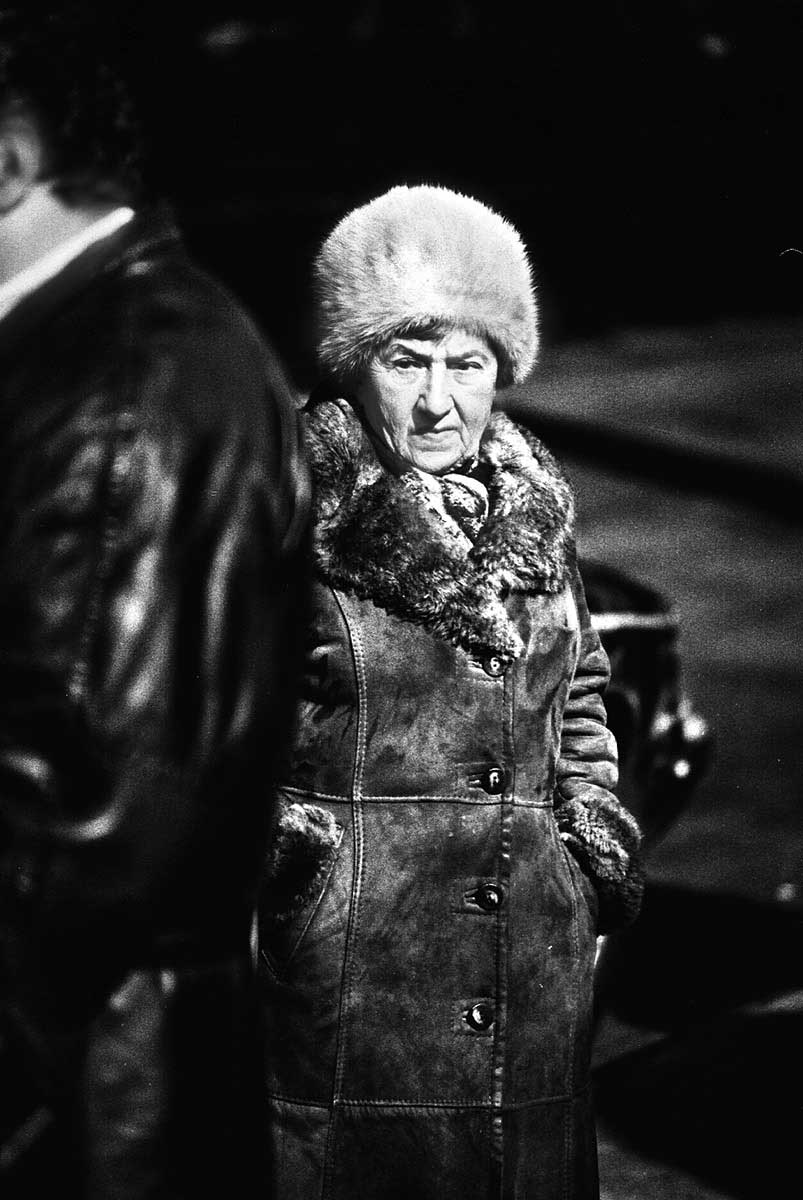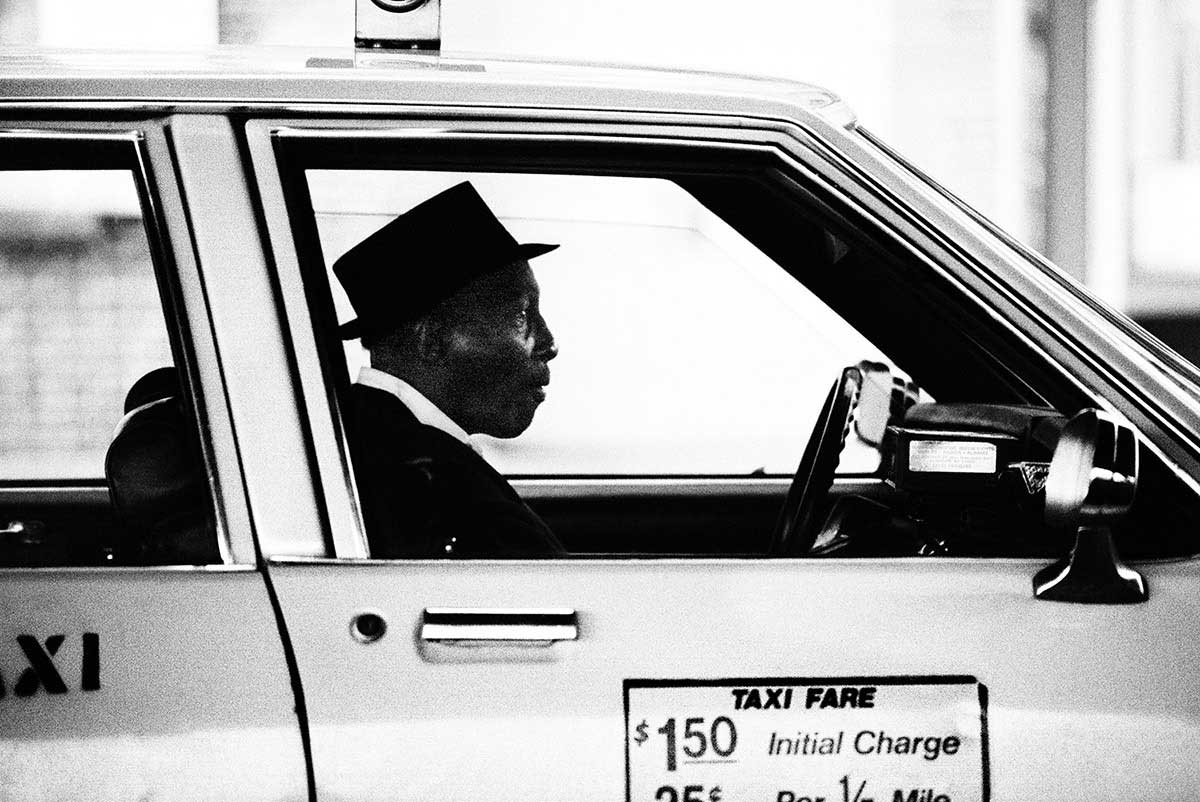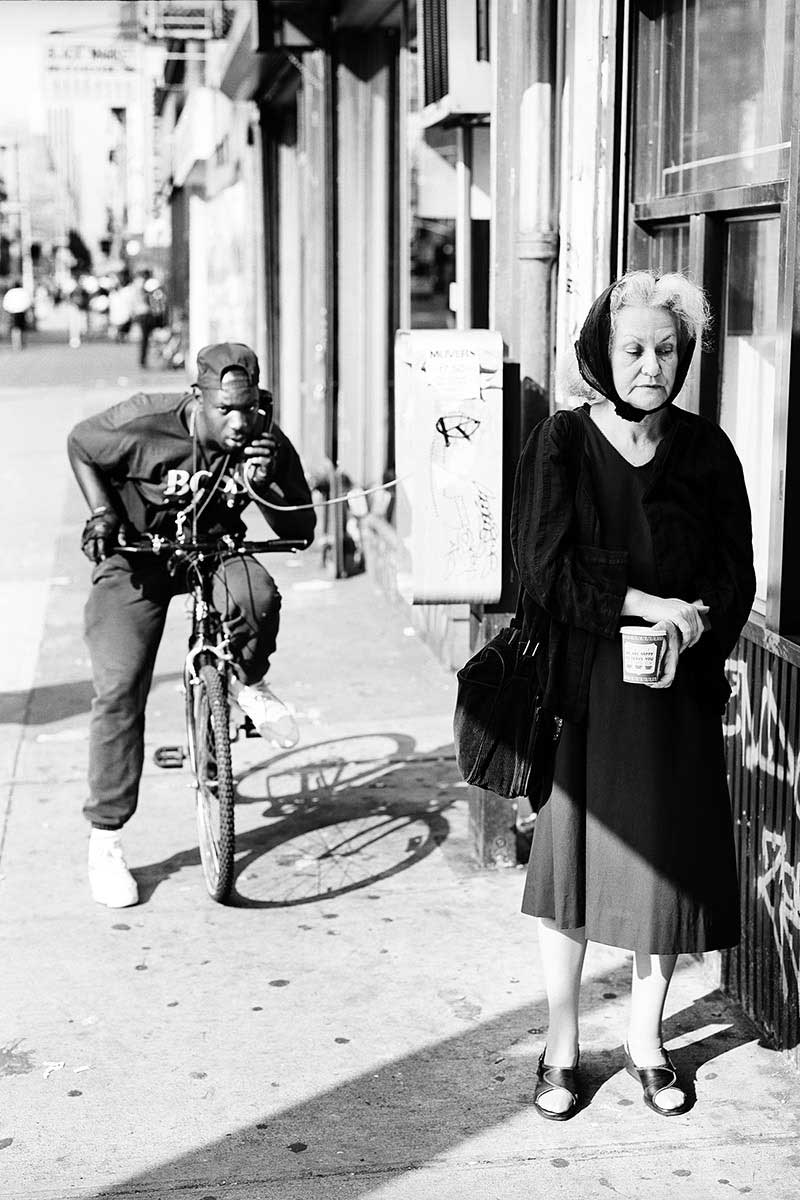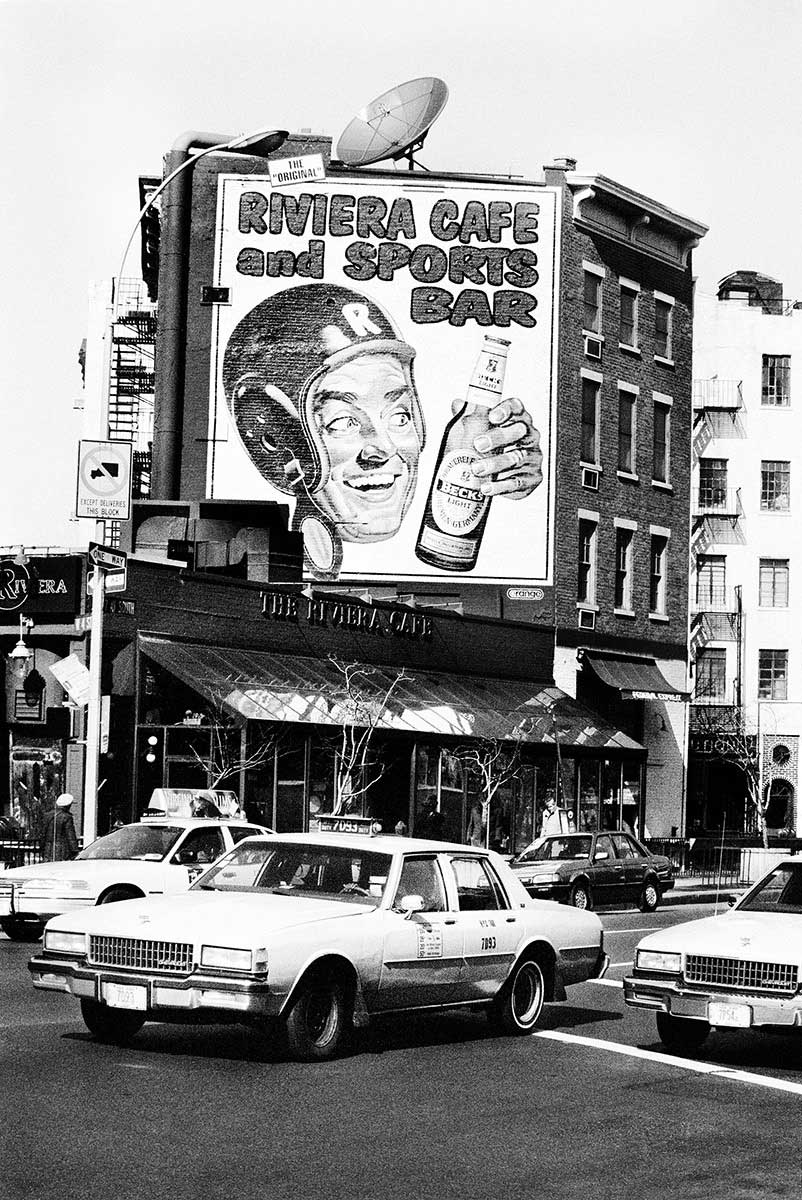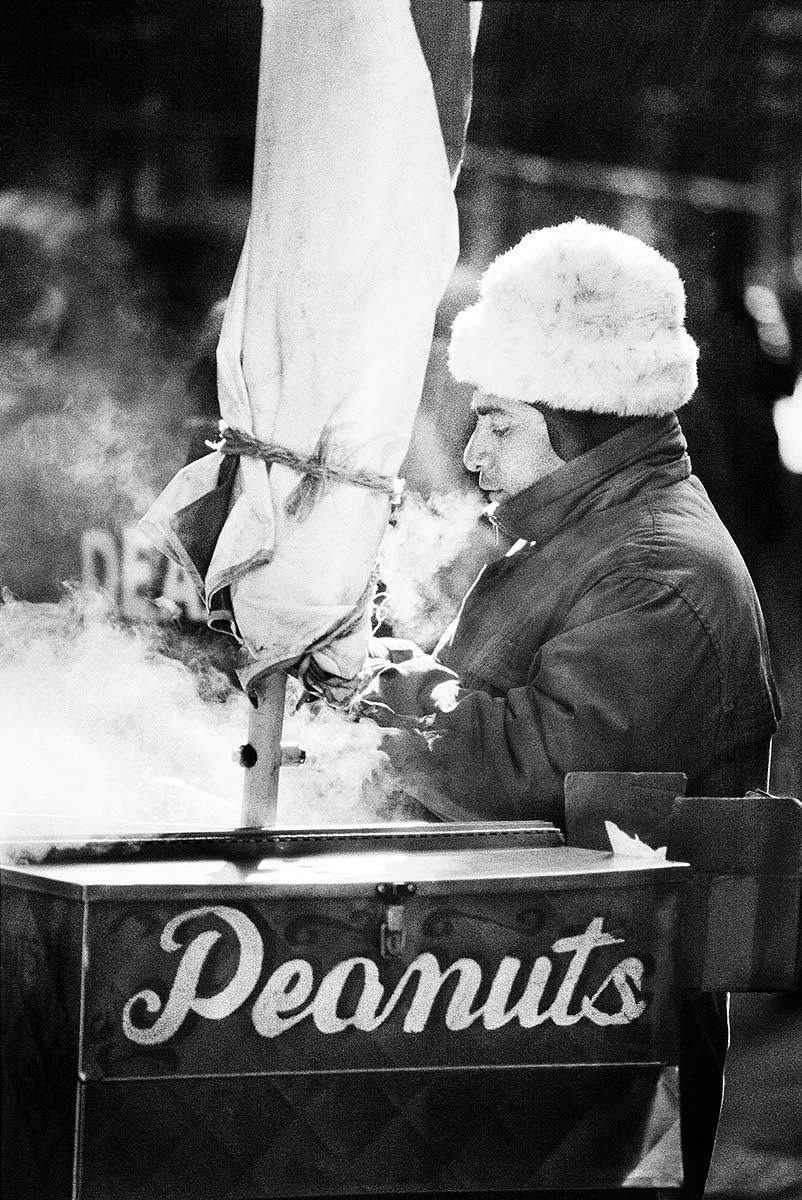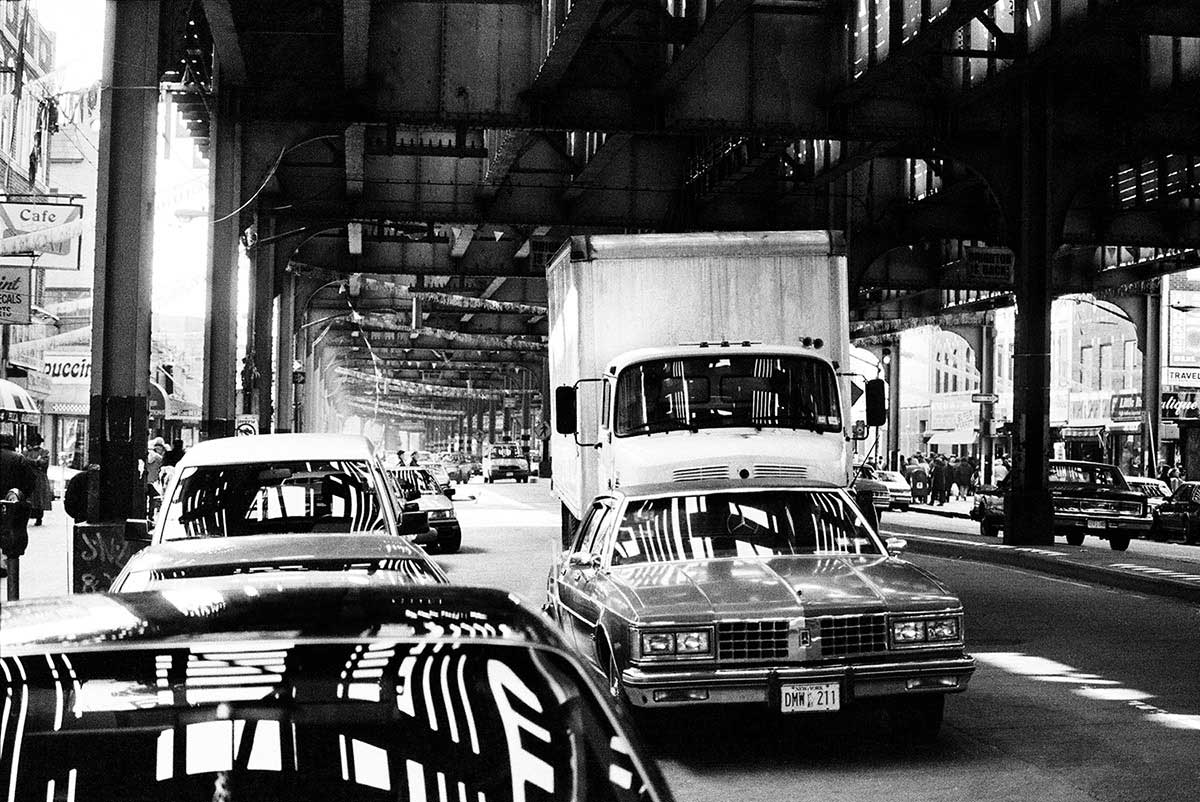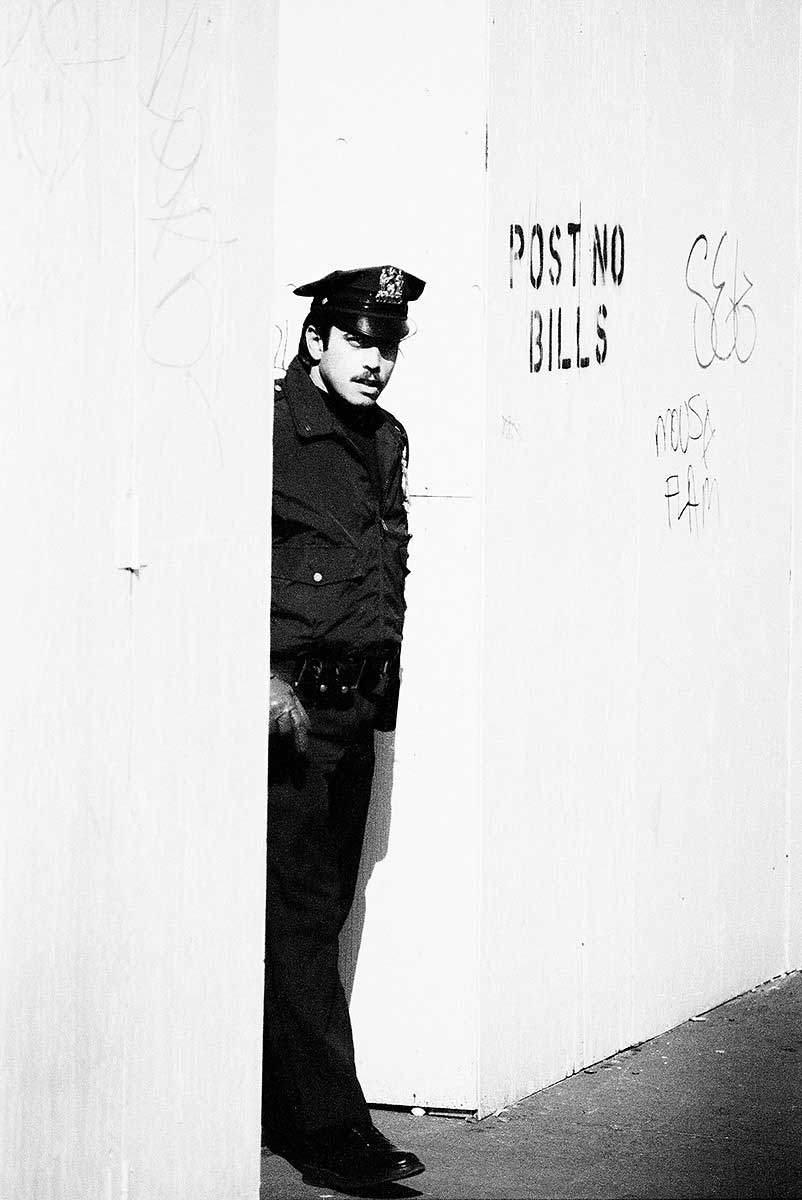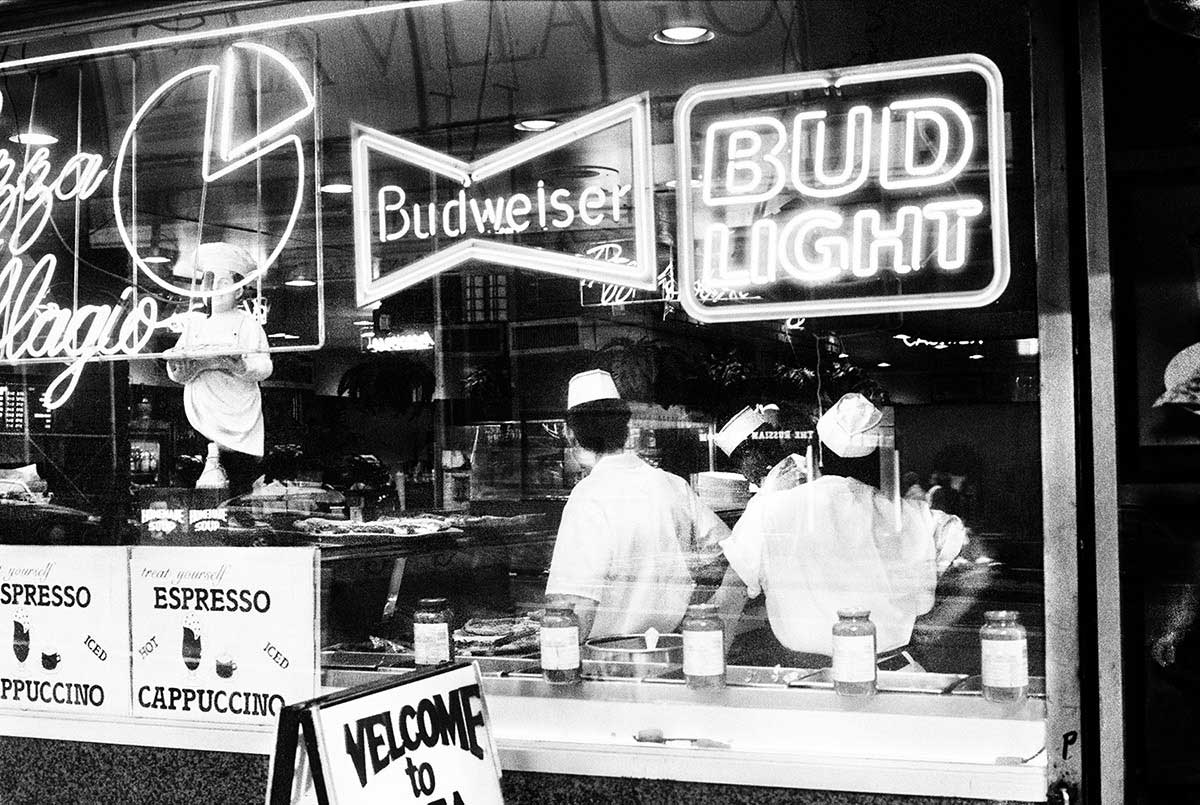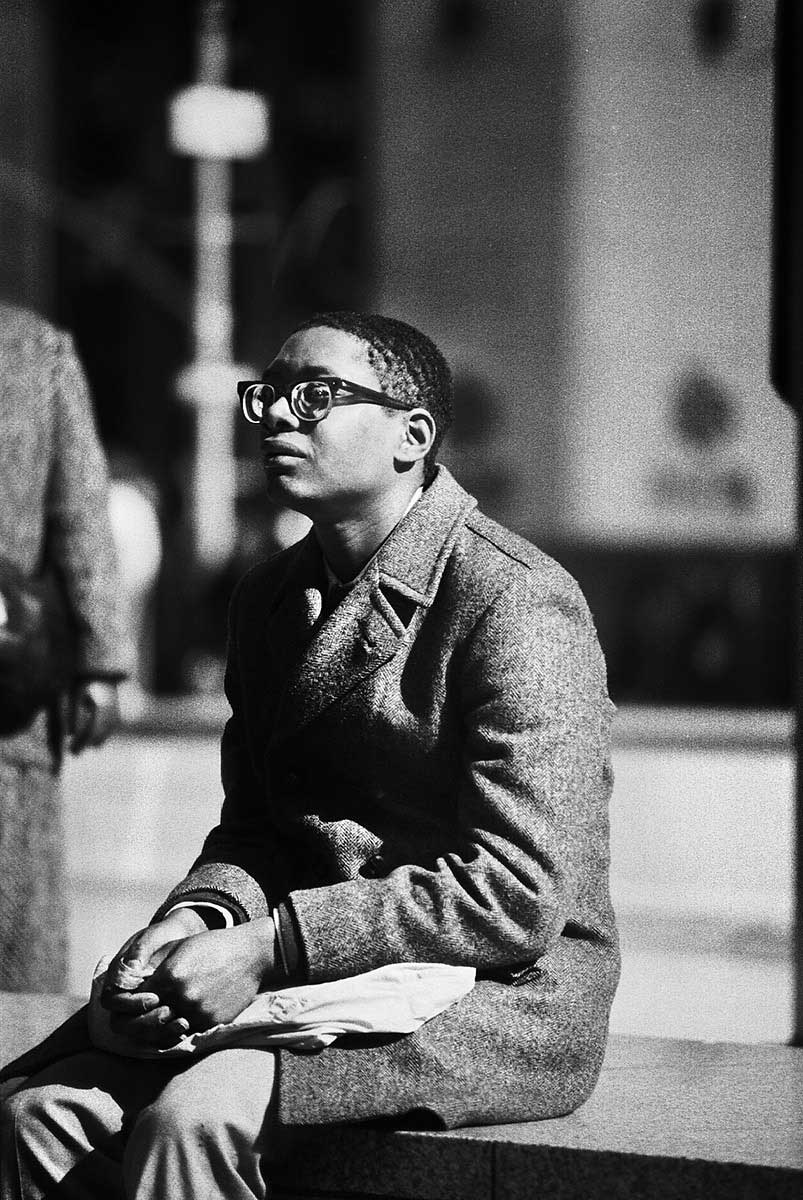Cities, like people, have a personality. It is this personality that makes them unique and distinguishable. It might help us to read and comprehend a city or we might get challenged, confused or overwhelmed by it.
To some cities we are magnetically drawn or attracted due to their personality while others we choose to avoid or might even abhor.
So what constitutes the character of a city? How does it manifest? As an urban space a city obviously comprises of streets, buildings, vehicles and objects. But essentially cities are about people.Although being individuals as single persons, people in cities – essentialy by living, working and interacting with each other – naturally create neighborhoods and communities. They are thereby representing a connected whole, an organic entity that collectively embodies the personality of a city.By looking at a city´s residents we can learn a lot about it. On display on the streets is the entire range of human emotion; from joy, to alienation, from hope to despair or loneliness and all the nuances in between. What we get shown is basically what it means to be human.
In this series we are looking at New York, catching small glimpses of daily life. New York, a city that hardly needs an introduction, and whose personality is unquestionably linked to the multi-faceted diversity and wide ranging variety of its inhabitants. When working well this diversity creates a complex but rather well-balanced structure within a city. A balance that, while certainly not capable of surmounting the negative in life, still encourages a spirit of open mindedness, tolerance, dignity, compassion and mutual respect. The street then becomes the canvas of the inhabitants` culture.
But if this organic balance gets distorted or destroyed from the outside, for example by gentrification or aggressive business interests, then the look and feel of a city as well as that fragile equilibrium get altered and things get lost. When developers claim entire neighborhoods, exorbitantly raise rents and thereby push out the less affluent, the elderly and the nonconformists, then not only do the dynamics of that neighborhood get changed but also the personality of a city might get altered.As street photographers we have the precious and valuable opportunity to create a record of our history and the changes and challenges that come about in the course of time within our societies. It might even be an obligation.
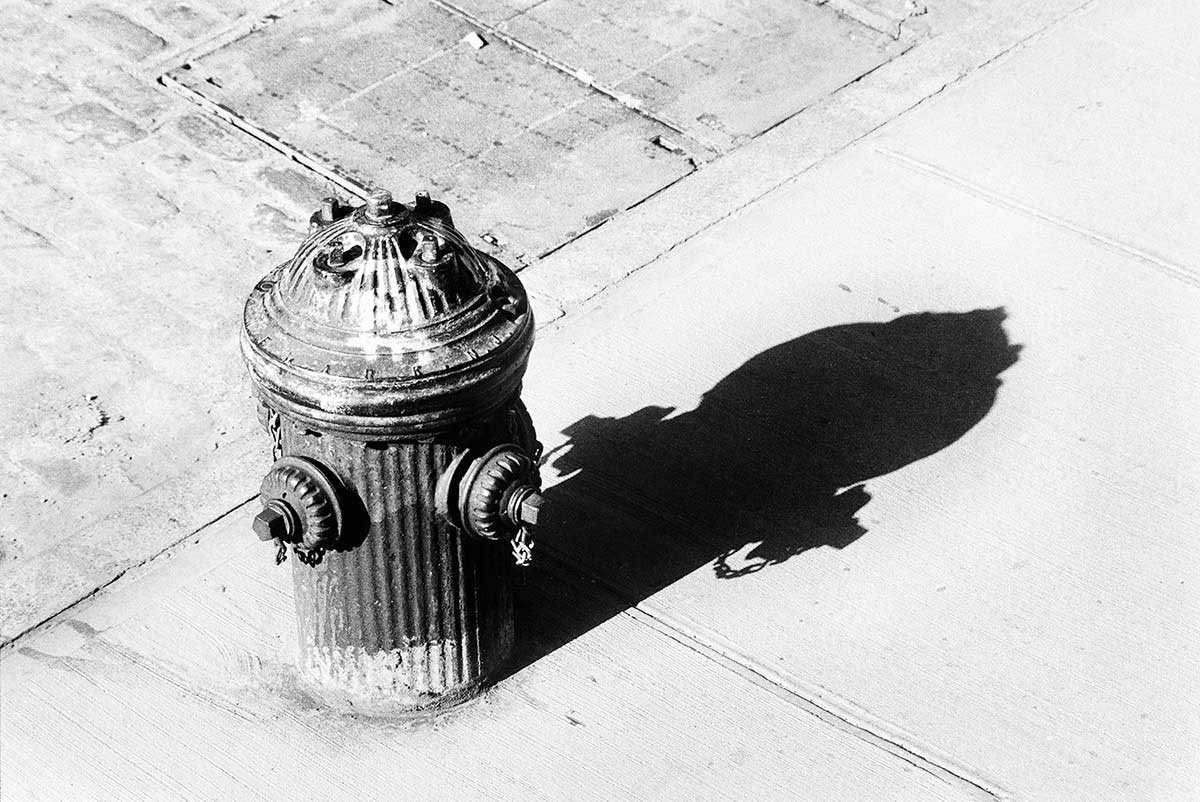
About Manuel Armenis
Manuel Armenis is a German street and fine art photographer with a background in filmmaking. After working as a photographer´s assistant and fine art printer he studied at the Icart, Ecole de Photographie in Paris, France and at the University of the Arts in London, England before continuing his career as an independent filmmaker and photographer.The emphasis of his practice is the realization of long-term projects with a focus on exploring the human condition within everyday and commonplace urban environments. Manuel´s work has been exhibited internationally in galleries and was published in leading contemporary photography magazines and online. Manuel lives and works as a freelance photographer in Hamburg, Germany. [Official Website]
